Breakthrough in Solar Technology: 33.2% Efficient Perovskite-Silicon Cell
Breakthrough in Solar Technology: 33.2% Efficient Perovskite-Silicon Cell
Scientists at the King Abdullah University of Science and Technology (KAUST) claimed to have created a perovskite-silicon tandem solar cell with a record energy conversion efficiency of 33.2%.
The efficiency achieved at the KAUST Solar Center has been certified by the European Solar Test Installation (ESTI) and listed on the National Renewable Energy Laboratory’s (NREL) Best Research-cell Efficiency Chart.
Researchers combined perovskite top cells on industrially compatible, two-sided, textured silicon bottom cells to obtain the tandem solar cell.
They observed that the perovskite top layer absorbed blue light best, while the silicon foundation absorbed red light best.
The KASUT team has been working on how to uniformly cover the micrometer-sized pyramidal surface of silicon cells with perovskite material since 2016.
The scientists found that combining these materials increased the capture and conversion of sunlight into electricity more efficiently than the conventional single-junction silicon counterparts.
Professor of Material Science and Engineering and Interim Associate Director of the KAUST Solar Center Stefaan De Wolf said, “This new record is the highest power conversion efficiency of any two-junction solar cell under non-concentrated light, showing the great potential of perovskite/silicon tandems to deliver ultra-high performance photovoltaic modules, which is critical to quickly achieve renewable energy goals towards fighting climate change.”
The research is a major breakthrough in the field of solar energy at a time when market predictions estimate the tandem perovskite/silicon technologies will make up over $10 billion of the global photovoltaic market share by 2032.
The KAUST team is exploring scalable methods to produce industrial-scale perovskite/silicon tandem cells with areas exceeding 240 square centimeters.
The efficiency achieved by the KASUT team also surpassed the earlier record of 32.5% achieved by researchers at the Helmholtz-Zentrum Berlin for tandem solar cells.
Last month, Italy-based renewable energy company Enel Green Power, researchers at the National Solar Energy Institute, and the French Alternative Energies and Atomic Energy Commission claimed to have achieved a power conversion efficiency of 26.5% for a 2-terminal tandem perovskite solar cell.
Suggested Articles
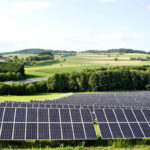
Agrivoltaics: Merging Solar Power with Farming
Discover how solar batteries store excess energy, maximize your solar system’s efficiency, and provide reliable power during outages. Learn about the types, benefits, lifespan, and maintenance tips to make the most of your solar investment.
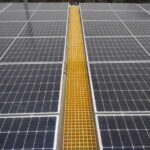
Solar Rooftop: अपने घर को बनाओ खुद का पावर हाउस | Complete Guide
सौर रूफटॉप सिस्टम आपके घर को पावर हाउस बना सकता है। यह न केवल बिजली के बिलों में बचत करता है, बल्कि साफ और नवीकरणीय ऊर्जा भी प्रदान करता है। जानें सौर पैनल की इंस्टालेशन प्रक्रिया, लागत, लाभ और कैसे यह आपके घर को आत्मनिर्भर ऊर्जा का स्रोत बना सकता है।
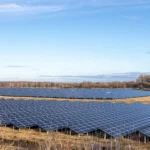
100 kW Solar Plant Cost in Rajasthan: Latest Cost, Maintenance & Payback Time
Installing a 100 kW solar plant in Rajasthan costs around ₹40–60 lakh in, with annual savings up to ₹10–12 lakh. Discover maintenance needs, ROI, and payback period of 4–6 years.
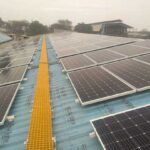
Solar Inverters India: How to Choose the Best for Your Solar System
India’s solar market offers a wide range of inverters, making selection challenging. This guide explains key factors to consider, helping users choose the right inverter for residential, commercial, and industrial solar projects effectively.

Latest MNRE List: Approved Solar Module Manufacturers
Check the latest MNRE-approved list of solar module manufacturers to ensure quality and compliance for your solar projects in India.
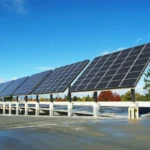
Selecting Solar Panels: Best Guide for Homes and Factories
Solar panels are a hot topic these days, as the cost of solar is finally approaching what the average family can afford.

New Loan Scheme for solar rooftop projects by IREDA
Solar installation for petrol pumps offers huge savings and energy independence. This 2025 guide explains system cost, subsidy, ROI, and installation process.

Top 10 Sustainable Building Practices to Consider for Your Construction Business
The construction industry is embracing sustainability like never before. From smart design to renewable energy use, these top 10 practices ensure businesses stay competitive, compliant, and environmentally responsible.